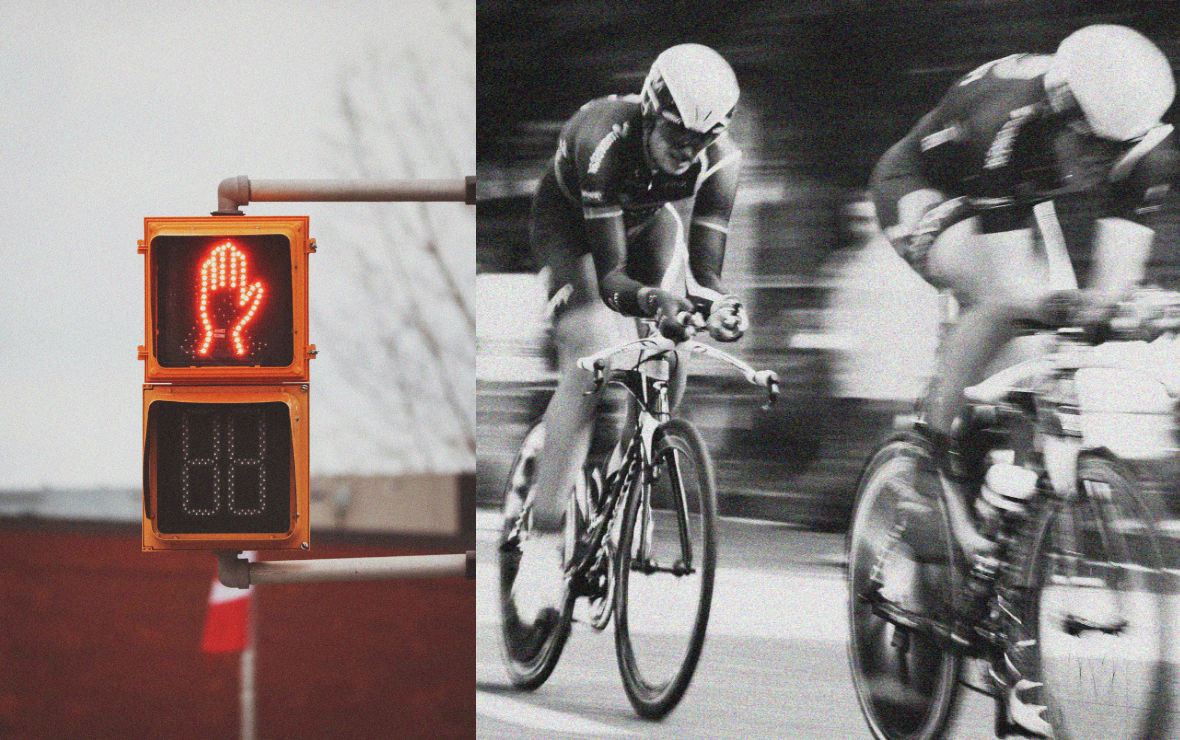“BREAD is brand-led marketing.” If you’re a friend of ours, this statement isn’t new to you. You’ve seen it on our socials, in videos, in presentations, and right here on our website. We say it constantly because, to us, the distinction between brand-led marketing and branded marketing is critical. It’s the difference between getting your ad in front of someone and getting them to interact with it; between sharing information and truly, truly connecting and resonating with your audience.
So what’s the difference?
To understand Brand-led, you first have to understand a few things about Brand. We’ve written about this before and will continue to do so forever because it’s our lifeblood, but we believe that Brand and branding are very different things:
Brand is the culmination of all the tangible and intangible aspects of who you are and–more importantly–who others perceive you to be.
Branding, on the other hand, is about crafting an identity that reflects your Brand through visual and verbal touchpoints. Logos, colors, messaging, and the like.
It’s the difference between what you believe and the shoes you choose to wear. You can certainly surmise plenty of things about a person based on their footwear–it might be confusing to see a cowboy wearing flip-flops–but that can’t tell you everything. It might hint at their lifestyle or interests, but can someone’s choice of sneaker reveal their moral character? It’s an obvious no. The same is true for Brand.
Branded marketing leads with products and promotions with a company’s logo and brand colors applied to it. Its focus is on getting an ad seen by as many consumers as possible with the premise that by casting a wide net, it’s bound to catch something. Branded marketing leverages identity and assumes that if a potential customer sees your logo and knows what you have to offer, they’ll buy in. But consumer persuasion isn’t that simple.
Decision-making is a proven emotional process. At least, 70% emotional, anyway. Studies on human and consumer behavior have revealed that we respond first to how something makes us feel and then think through the logistics of it, but that initial gut feeling–good or bad–is what ultimately drives our decision to act.
This is where Brand-led marketing wins.
Brand-led marketing leads with story, which means connecting your organization’s purpose, beliefs, and uniqueness with the unmet needs of an audience. It focuses on using resonance to shape experiences that customers want to be a part of. Brand-led marketing doesn’t cast a wide net. In fact, it casts a very, very small one with the intention of connecting with the right people–the ones who truly, deeply want what you’ve got and believe what you believe.
Nike is the master of Brand-led marketing (and possibly just Brand as a whole, if we’re being honest). Since 1964, they’ve cemented their position as the ultimate commander of athletic apparel, not through targeted ads or promotional events or even superior product and innovation. Instead, Nike won their market by telling a consistent and inspiring story (“If you have a body, you’re an athlete”) and using it to create an experience people couldn’t get enough of. Nike’s ad campaigns have never emphasized their products but rather the stories of the people who use them–record-setting professional athletes and backyard ballers alike. They connect with the viewers’ aspiration to be one of the greats and, in doing so, have inspired generation after generation to become part of the Nike tribe–the community of die-hard fans who have adopted the Nike identity as part of their own. That’s Brand-led marketing.
If you’ve read this far and are still questioning whether this “Brand-led thing” is worth it, here are some quick pros and cons:
Pros:
Brand-led marketing helps you stand out in your market. 90% of your competitors are leading with generic content highlighting their products, features, and sales. Leading with story creates distinction in the minds of your audience.
Brand-led marketing drives customer loyalty. Sales-led content may be good for a quick hit now and again, but loyalty comes from a place of value-add and emotional connection, something only story can provide.
Brand-led marketing is a long-term success strategy. See distinction and loyalty. Products and features can be outdone. An exceptional story that resonates with the people who matter is lasting.
Cons:
Brand-led marketing requires strategy, intention, and creativity. Aka, effort. If this isn’t for you, that’s okay. Taking the leap from branded advertising to a story-based strategy isn’t something you can do overnight. But, to us here at BREAD and–more importantly–to the millions of watching, waiting consumers who are desperate for something real, something that matters, the effort is worth it.






